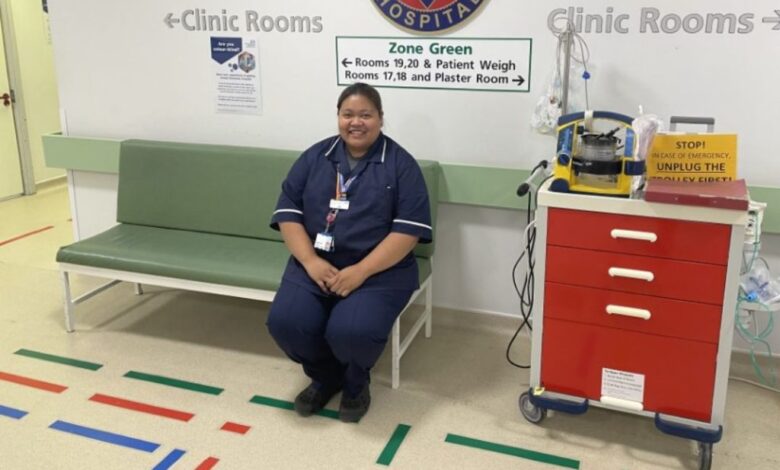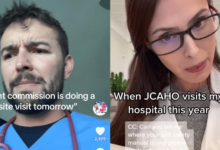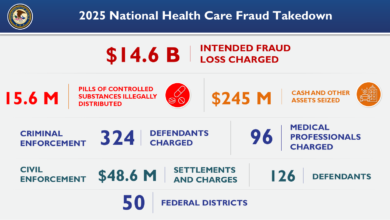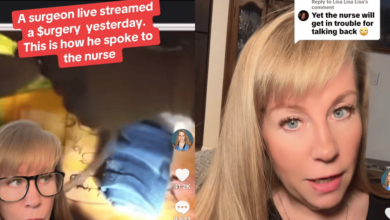Nurse striving to remove barriers for colour blind patients

Colour coding in hospitals creates barriers to accessing healthcare for colour blind people, a nurse working on an alternative has said.
Jaypee Palis, outpatient nurse manager at East Suffolk and North Essex NHS Foundation Trust, said the common use of coloured navigation lines, colour-coded equipment and other such signifiers in hospitals was causing health inequalities for people with colour blindness.
“One of my patients missed an appointment because he couldn’t see the colours”
Jaypee Palis
Ms Palis began investigating the need for improvements to signage around hospitals, as part of a leadership scholarship with the Florence Nightingale Foundation (FNF), after a friend, who is colour blind, told her he struggled to access healthcare because of it.
Having asked some patients in her own trust area about their experiences, Ms Palis decided she would like to raise awareness of colour blindness, which she described as an “invisible disability”.
She has since launched an official survey on the issue in her trust, data for which is still being gathered. It is asking patients if they would like to amend coloured footpaths to icons, numbers or shapes and what other navigation aids could help.
“[My friend] told me he didn’t want to go to his doctor’s appointment because he felt people would tell him he’s stupid by not identifying colours on signs,” Ms Palis told Nursing Times.
“I felt it was a health inequality; my best friend can’t access equal healthcare service because of his colour blindness.
“Across the country, big departments are using coloured footpaths and coloured lines for people to navigate around the hospital.”
Ms Palis said she noticed these coloured footpaths in particular were used in departments with large patient footfall, such as outpatients, where she worked.
“One of my patients missed an appointment because he couldn’t see the colours,” she said.
“Some have also complained informally to me that they have been late because they couldn’t find rooms because of it. One was asked to follow purple lines, but got lost because they were following yellow.”
Colour vision deficiency (the clinical term for colour blindness) affects around one in 12 men and one in 200 women in the UK, according to charity Colour Blind Awareness UK, with whom Ms Palis has been working for her project.
Ms Palis said, once she has gathered more data, she intended to pitch a quality improvement project to her trust, with the long-term hope it would be rolled out nationally, to make hospitals more colour blind-friendly.
This would include changing signs, improving awareness of the deficiency among clinicians and potentially flagging it on a patient’s electronic record.
As well as this, Ms Palis said electronic navigation aids akin to satnavs for use inside hospitals could be trialled to help people with colour blindness and other conditions which impede their ability to find their way around.
Ms Palis added that making hospitals more accessible to colour blind people would also help clinicians who may have the deficiency themselves.
She said: “Because of this project, I’ve been working in partnership with Colour Blind Awareness UK and I have had nursing and other healthcare staff supporting my project because they want it for both their patients but also staff who work with it.
“For example, staff who deal with different machines which are governed by [colour-coded buttons or labels]. I want [to hear] their life experiences [for the project].”






